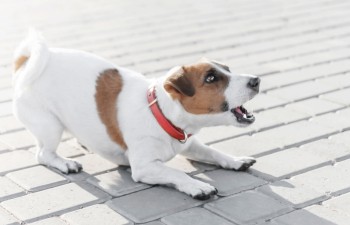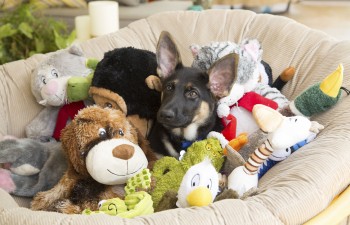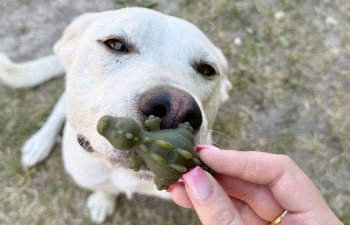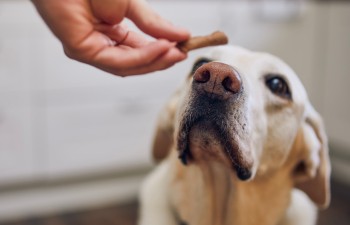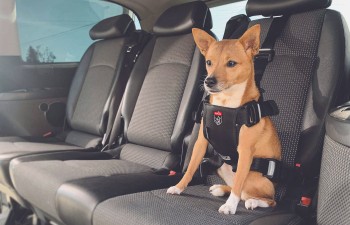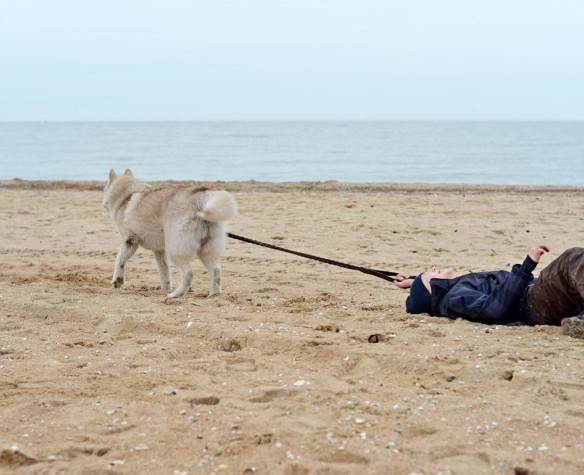
My dog pulls on his lead!
Sometimes, walking your dog can turn into a battle. Some grass to sniff, a passing cat, a barking dog and we soon find ourselves with the lead around our legs wondering who is taking who for a walk. Therefore, here are some pointers: “Instructions for walking your dog”.
1- Understanding your dog’s behaviour:
The main pleasure of having a dog in life stems from your interactions with each other. This is also the case when walking your dog. Obviously, he loves to stretch his legs, breathe in the fresh air and say hello to other dogs, but walking your dog should, above all, be a special moment between the two of you. His attention should thus be fully focused on you. When your dog pulls on the lead, this means that he has not been given specific instructions, or, in short, that you are not fulfilling your role as an energetic leader.
You thus need to take things in hand, firmly but kindly. Your dog only wants to learn.
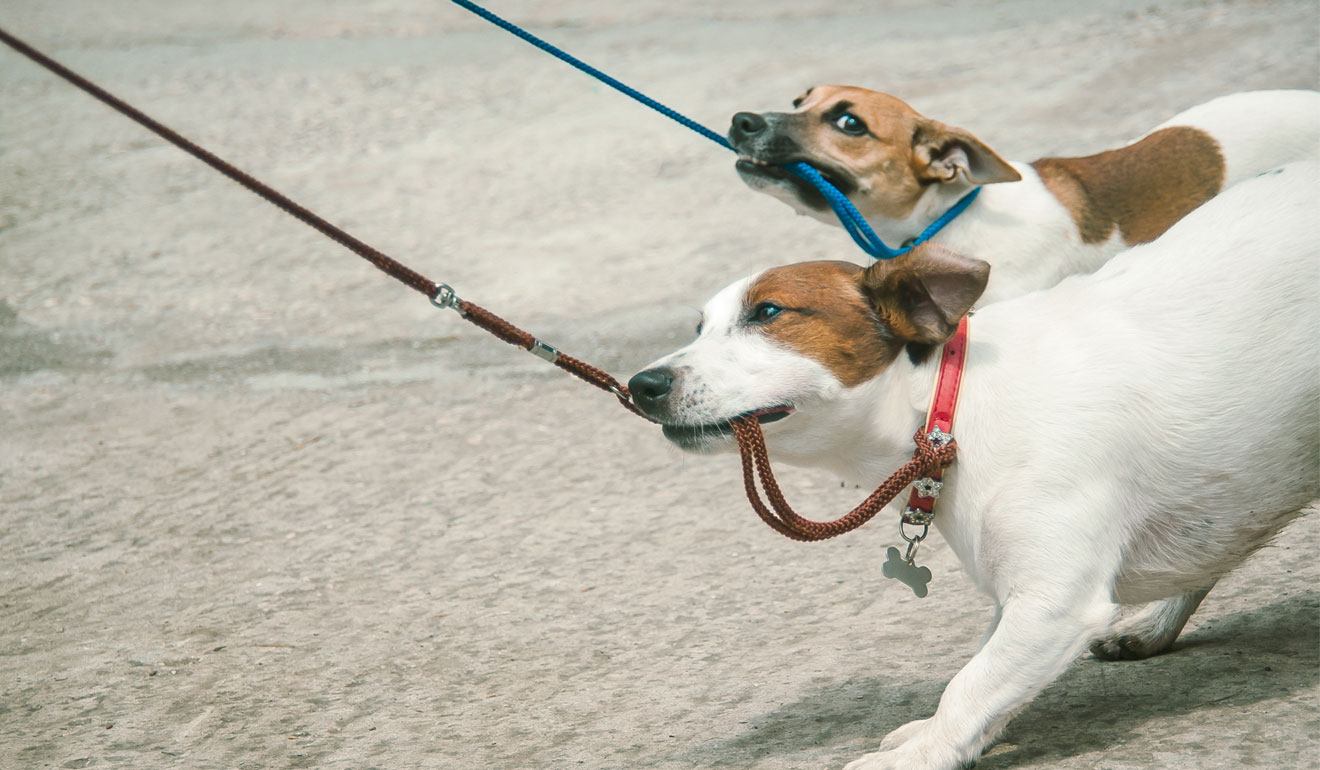
2- Choosing the right materials:
To begin, use a flat leather or nylon collar suited to your dog’s size. When training your dog, avoid using a harness as this only encourages your dog to pull even more. Use a lead about 1 metre in length. Allow a space equivalent to two fingers between the collar and the neck.
Remember to take a few treats to reward your dog. This is a highly effective and pleasant method to speed up training. Preferably take small bite-sized treats which your dog can eat quickly, such as Classic Woofies.

Mooky Classic Poultry flavour Woofies ref. 482 172
3- Preparing for training:
Choose a calm, secure place, like a garden for instance. The goal is to be alone with your dog, without him being distracted by cars, other dogs or strangers.
You then need to choose a preparatory command and a command of execution. The preparatory command is your dog’s name. You say your dog’s name to attract his attention. The command of execution corresponds to the action to be performed. Give him an order: “Médor, walk” or “Médor, heel”. It doesn’t matter which words you choose: you just need to always use the same words for the same commands, and make a clear distinction between the two commands.
For example: “Médor”, pause, “Walk”
4- Training
The aim of this training is to teach your dog to walk next to your leg. Your dog should not walk ahead or lag behind.
To begin, you need to position your dog. If you are right-handed and therefore hold the lead with your right hand, position your dog to your left, and vice versa if you are left-handed.
The lead should never be taut.
For owners of medium-sized or large dogs, use your free hand to gently hold your dog against your leg if he tends to move away or to pat him during the exercise.
First of all, ask your dog to remain still next to you (sitting or standing) until he is perfectly calm. A little patience is sometimes required…
Then say the preparatory command (his name) to attract his attention. Reward him quickly if he looks at you.
Lastly, say the command of execution (“walk” or “heel”) and start walking with the leg next to your dog. Repeat both commands with each step.
If your dog accelerates, turn around; if your dog slows down, accelerate; if your dog looks to the left, turn to the right, and vice versa, while saying the commands.
After five steps, stop and reward your dog with a treat and stroke him… then start again with ten steps, then twenty, etc. Don’t worry: it takes patience and perseverance to walk side by side with your dog. This team work will strengthen your bond!
N.B. for certain difficult dogs, it may be necessary to see a dog trainer who will adapt training to your dog’s character.
Eric Tramson
https://www.erictramson.com/
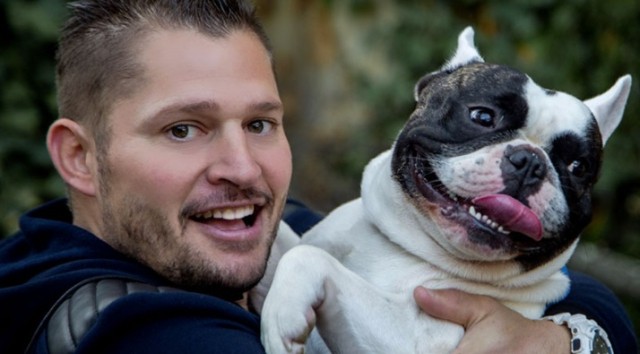
Eric Tramson, a state-registered dog trainer for more than 20 years, has successfully developed his own method based on training and positive reinforcement, to help you live in harmony with your dog and avoid minor day-to-day worries.

